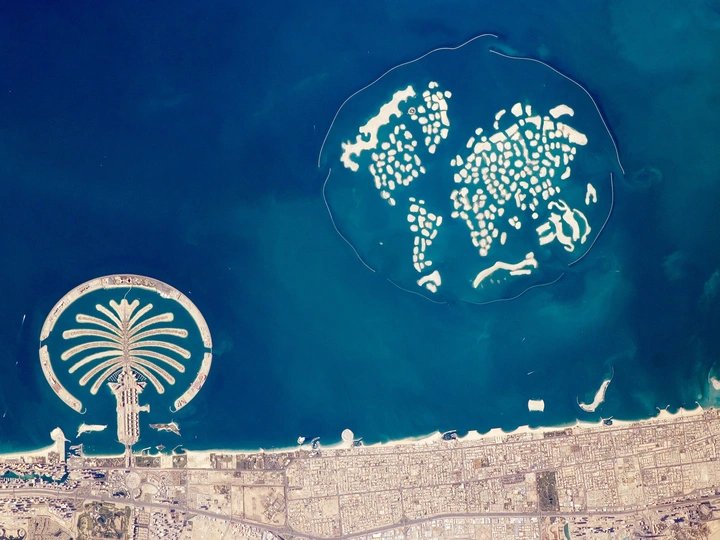A SA𝘕D STORY

Rather than a succession of projects, my work is a continuous argument about our everyday objects and their possible ecologies, somewhere between romantism and ingeneering.
It often organize and design exhibitions, which I see as a living space housing visitors, but also mediators and maintenance workers, crossed by various technical infrastructures and political issues. A kind of objects which specifications are governed by users. From a medium, exhibition becomes a subject, mixing displaying and displayed objects in a practice that varies from the scenography to the artistic proposal depending on the contexts and commisions. I like to claim it as events and insist on their ephemerality, which I try to make as visible as conceived.
From space, I migrate towards the object and vice versa, without there being any distinction between the two. I design unenclosed, porous objects with their environments.
This experimental research has been exhibited, among others, at the Villa Noailles, the Pavillon de l’Arsenal, the Vitra Design Museum and the Porto Biennale. I increase it through collaborations and workshops, but also by presenting it in the form of articles and conferences. I'm a visiting designer at Ecole Nationale Supérieure des Arts Décoratifs, Paris.
In 2022, I curated and co-scenographed the French Pavilion at the 23rd Triennale of design in Milan.
An exhibition about our uses of the sand, told from the point of view of the sand.
Together with the public, we’ll try to seize the paradox of our meeting with sand : insignificant for him, revolutionary for us. It is an exhibition of design, but where design is put in front of the geological, anthropological, political and cultural forces allowing its emergence. We’ll be walking on sand, watching and reading sand. But why so much sand ?
First, because its main component, silica, is the second most abundant chemical element in the Earth’s crust, though it is currently missing in some fields such as concrete construction. This is a paradox to explore. Secondly, because the material history of humankind can be almost entirely told through the way we shaped silicia : the first flints, of course, but also the way we channeled our first agricultural fields, the Roman concrete, glass, then the upheaval of printed circuits, crossing silicone and hygienic progress it occurred, to the current way we use silicia to vitrify our nuclear wastes...
Through this research, I would like to adress two fundamental concepts in ecology : reversibility and synchronicity. Reversibility because on a geological scale and from a desanthropocentered perspective, sand as always been here and will stay : "dust to dust" (though it might be a little different after us). And synchronicity, because the geological scale of sand stretches time and makes us realize that every materials results from a process - so a duration - on which we should harmonize our uses.
If sand was here before and will stay longer, the purpose is not to use it in a «sustainable » absolute way, but to share it in the most collective, clever and playful way, as long as we live together as human.